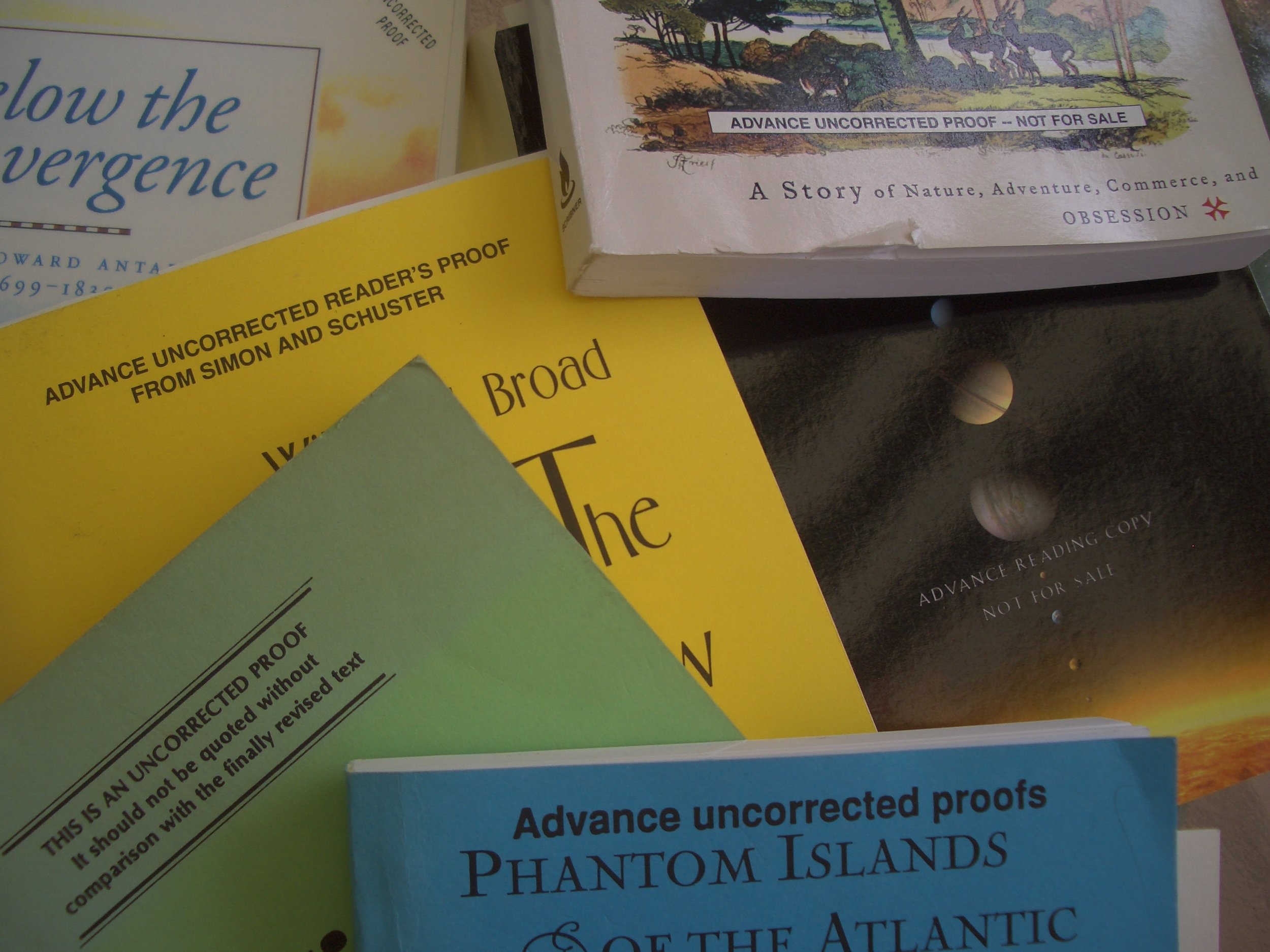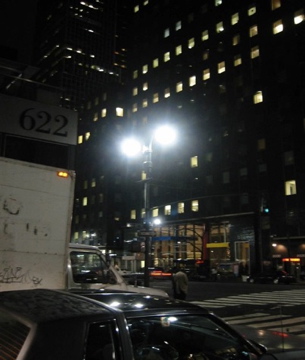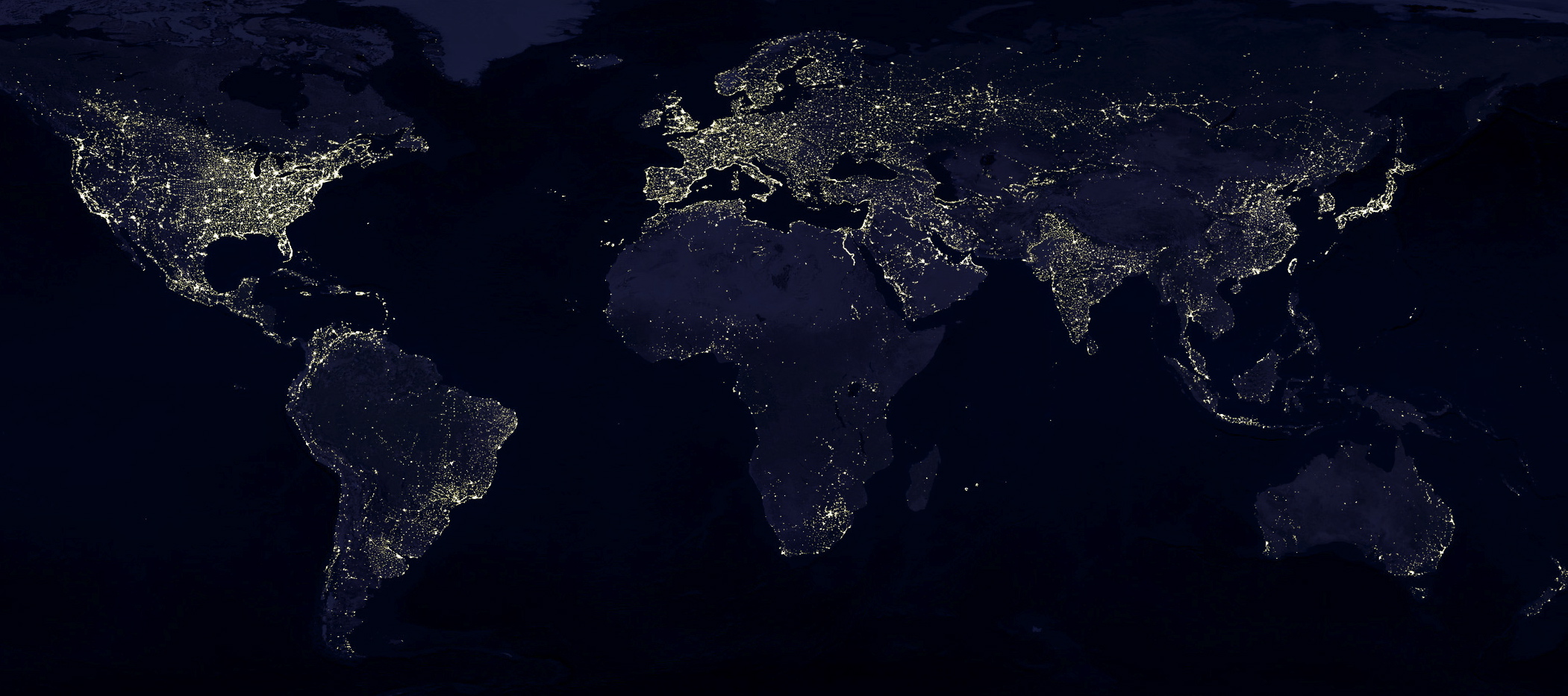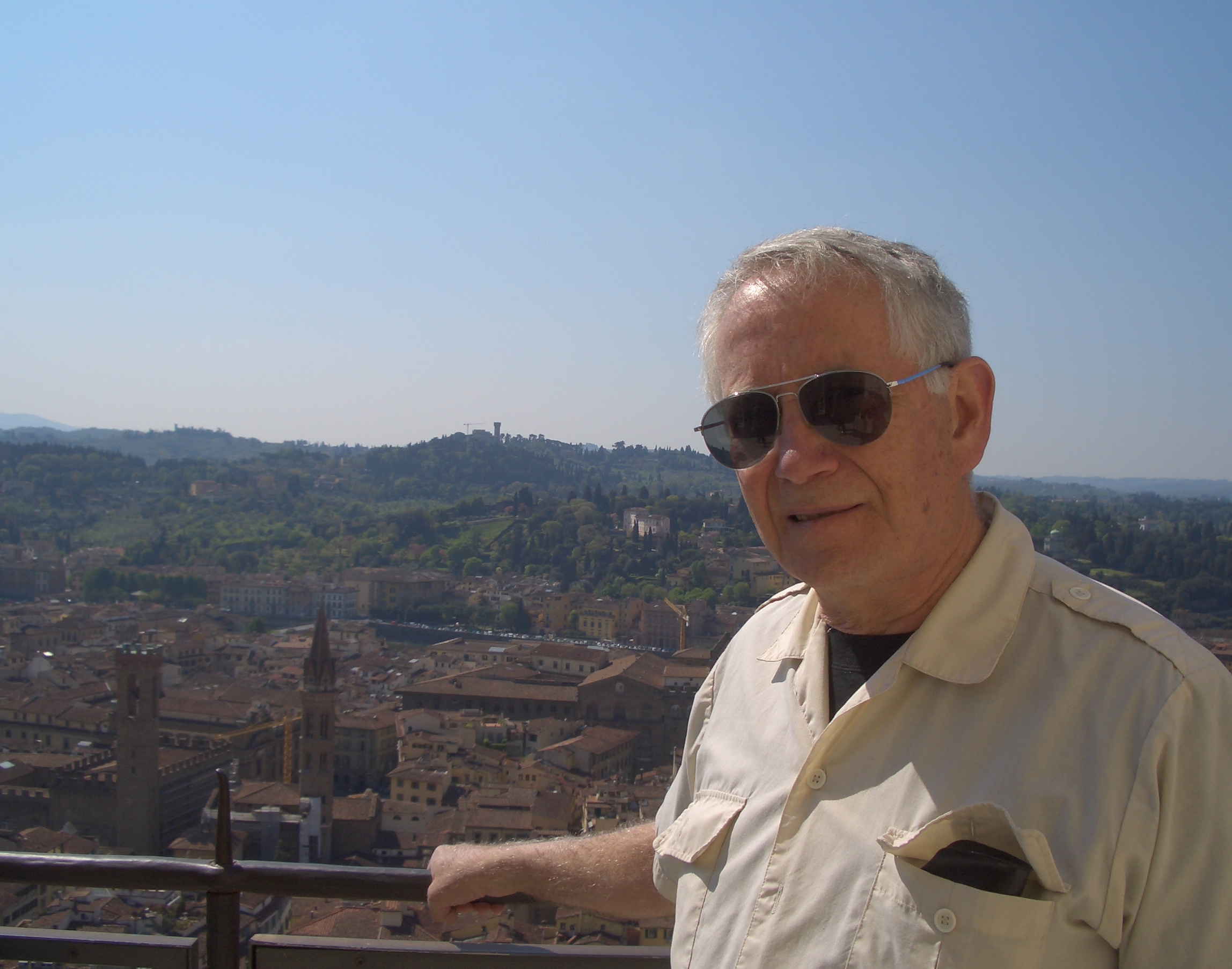My friend Jane Allen is visiting this week, and we've been reminiscing about our part -- her part, really -- in the first intentional radio message broadcast into space, on 16 November 1974, from the Arecibo telescope in Puerto Rico to whatever extraterrestrial intelligence might lie in the direction of the constellation Hercules. Both of us worked then at Cornell University, which operated the Arecibo Observatory for the National Science Foundation. The big telescope had just come through years-long, major renovations that made it a much more powerful instrument, and Jane wanted to celebrate its re-opening with a grand gesture.
"Can this telescope send radio waves as well as receive them?" she asked her boss, Frank Drake, a pioneer in the effort to discover life elsewhere in the universe. When he answered in the affirmative, she encouraged him and his colleagues, including the late Carl Sagan, to conceive a message to mark the re-dedication ceremony.
Drake and Sagan had developed a previous pictogram message, etched onto plaques that adorned the twin Pioneer 10 and 11 spacecraft, both launched in the 1970s. Those plaques were intended as messages to the citizens of Earth as well as from them. While neither Drake nor Sagan expected any alien being ever to retrieve the spacecraft, let alone decipher the information on the plaques, the intellectual exercise of conceptualizing such communications fostered an extraterrestrial perspective: How do humans see themselves in the context of the wider galaxy? How will we account for our stewardship of our planet? Consideration of the large questions, however, blew up in a fracas over the fact that the Pioneer plaques depicted a nude man and woman, standing amidst schematic illustrations of the spacecraft, the Solar System, and various bits of technical data. The Arecibo message would not be accused of indecency.
I still remember the bright, hot day of the 1974 Arecibo ceremony, and the way the sound of the message -- which was transposed into eerie alternating tones for those present at its transmission -- filled up the air over the site. I remember seeing women in sleeveless dresses rub chills from their arms as we all looked at the telescope and thought about the conversation it might be initiating at that moment, across a distance of 25,000 lightyears.
"It's all about relationships," Jane said when I asked what had given her the idea. Others oppose her optimistic confidence in reaching out. Scientist Stephen Hawking recently warned that announcing our whereabouts could invite a hostile invasion. But the Drake Equation, which Frank devised in 1961 to estimate the number of technologically advanced civilizations in the Milky Way, reminds us that our greatest enemies are still likely found among our fellow Earthlings.







